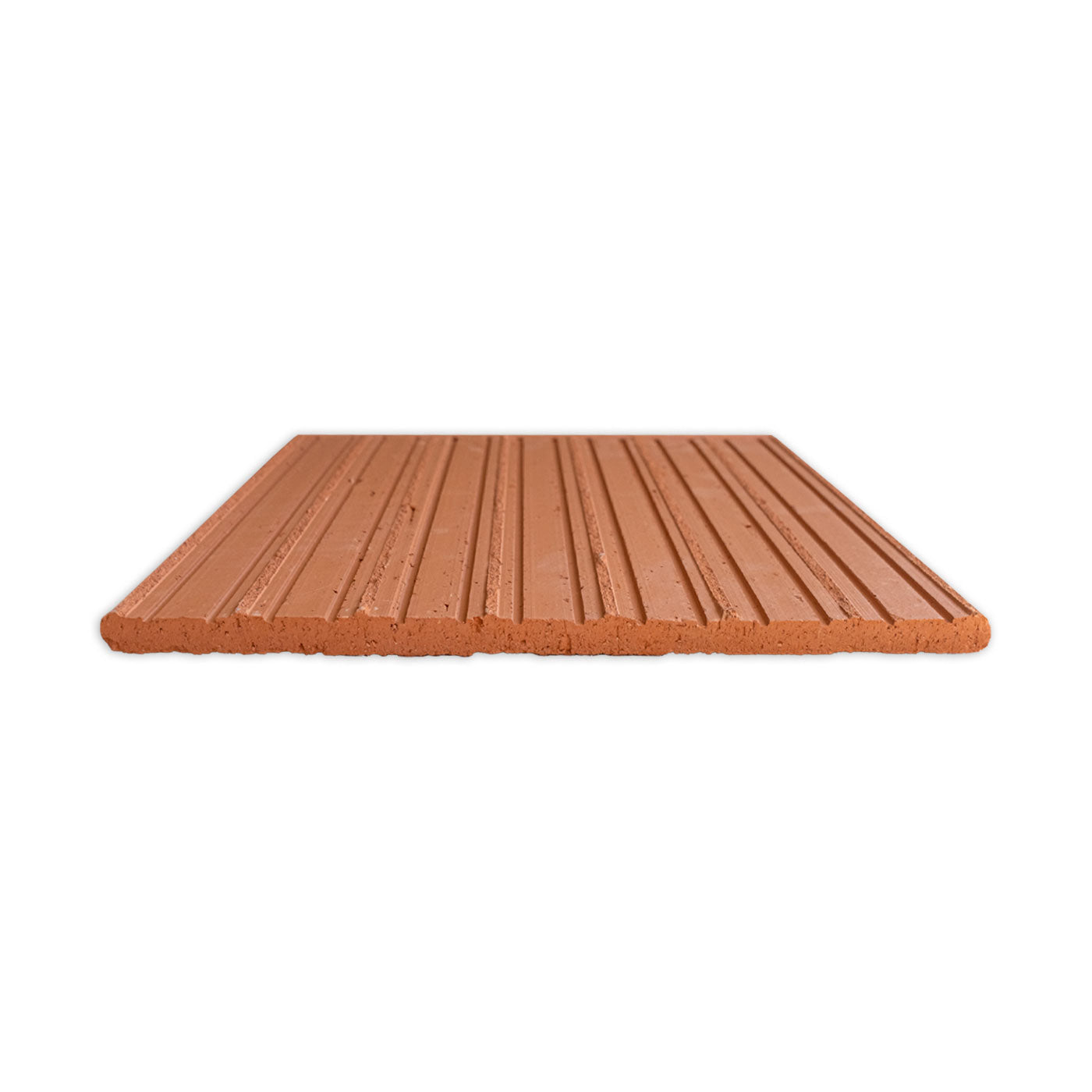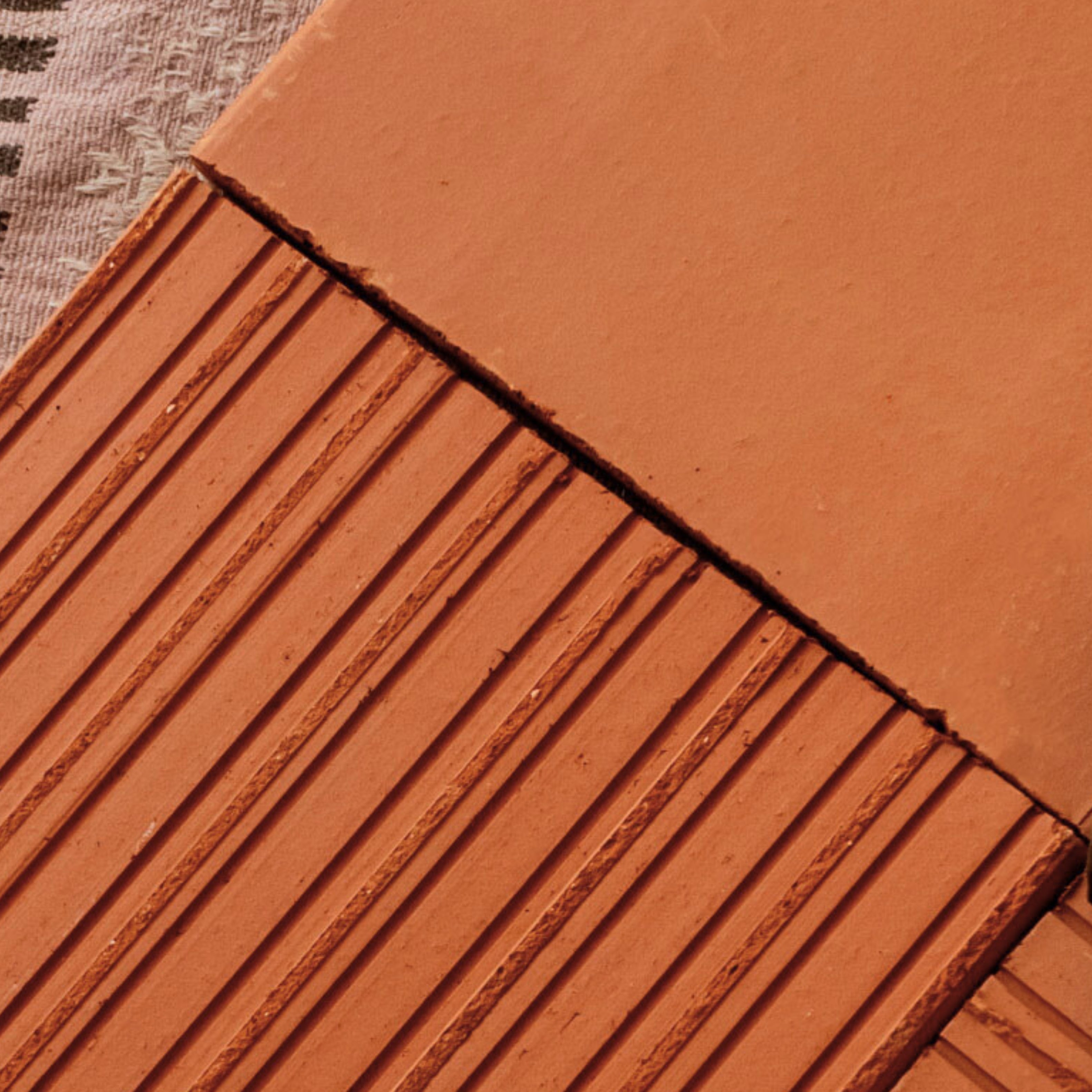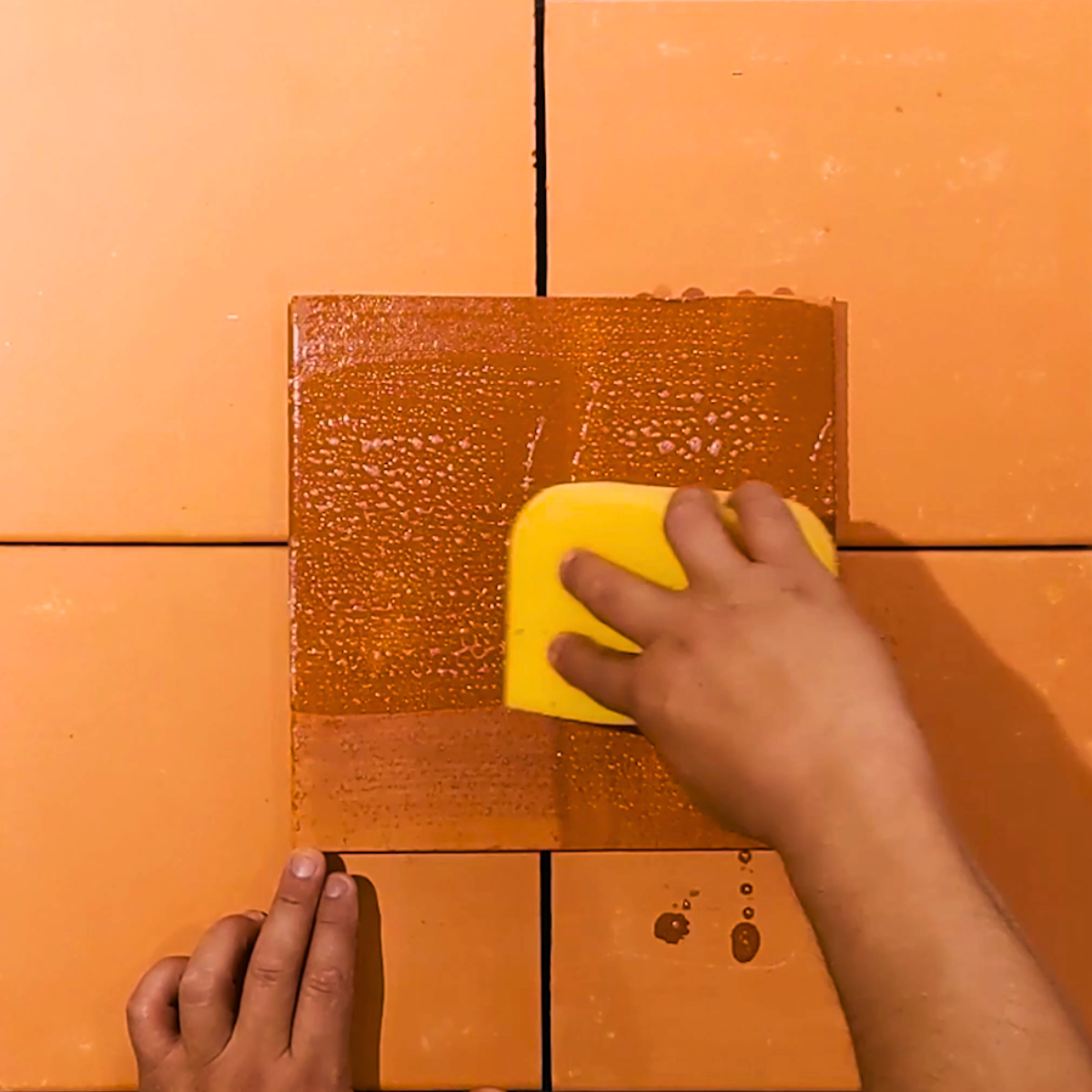-

-
 Design Juliana Lupacchino | Photo Kathryn Ann Waller
Design Juliana Lupacchino | Photo Kathryn Ann Waller -
 Design Davey McEathron Architecture | Photo Jeremy Doddridge
Design Davey McEathron Architecture | Photo Jeremy Doddridge -
 Design Davey McEathron Architecture | Photo Jeremy Doddridge
Design Davey McEathron Architecture | Photo Jeremy Doddridge -
 Design Juliana Lupacchino | Photo Kathryn Ann Waller
Design Juliana Lupacchino | Photo Kathryn Ann Waller -
 Design Juliana Lupacchino | Photo Kathryn Ann Waller
Design Juliana Lupacchino | Photo Kathryn Ann Waller -
 Design Juliana Lupacchino | Photo Kathryn Ann Waller
Design Juliana Lupacchino | Photo Kathryn Ann Waller -
 Design Davey McEathron Architecture | Photo Jeremy Doddridge
Design Davey McEathron Architecture | Photo Jeremy Doddridge -
 Design Davey McEathron Architecture | Photo Jeremy Doddridge
Design Davey McEathron Architecture | Photo Jeremy Doddridge -
 Design Juliana Lupacchino | Photo Kathryn Ann Waller
Design Juliana Lupacchino | Photo Kathryn Ann Waller -
 Design Juliana Lupacchino | Photo Kathryn Ann Waller
Design Juliana Lupacchino | Photo Kathryn Ann Waller -
 DIY Installation | Juliana lupacchino
DIY Installation | Juliana lupacchino -

-

-
 Textured Side
Textured Side -
 Textured Side
Textured Side -

-

Reverse Terracotta 10x10
Reverse Terracotta 10x10
Plan ahead with 10–15% extra tile to cover natural variation and keep your project running smoothly.
Price $42.00
SPECS
SPECS
- Size: 10"x10"
- Actual Size: 9 3/4" x 9 3/4"
- Thickness: 1/2"
- Finish: Unsealed
- Texture: Smooth Side + Textured Side
- 1 sq.ft : 1.5 pcs
- Variation: V1 (Minimal Variation)
-
Recommended Sealer: Penetrating Sealer or Ultra-Low VOC Sealer
USAGE
USAGE
Terracotta tiles are suitable for:
INTERIOR
- Interior flooring
- Heated flooring systems (e.g., Ditra system)
- Mudrooms , Laundry, Entryway
- Kitchen backsplashes / island
- Bathroom floors
- Fireplaces (surround)
- Decorative walls
- Commercial spaces (ie. restaurants, bars, retail stores, and offices)
- Stair risers
EXTERIOR (Requires underlayment waterproofing, sealing and mild-maintenance)
- Exterior flooring (patios and porches in temperate climates)
- Outdoor kitchens (mild climates)
- Outdoor showers (warm climates)
- Most exterior areas not directly exposed to harsh or frequent freezing
Avoid use in these areas:
- Areas exposed to harsh or frequent freezing temperatures
- Commercial kitchens (floors or walls - does not apply to residential)
- Steam rooms
- Shower floors (can be used with proper sealing and maintenance, user choice)
RESOURCES
RESOURCES
- Installation & Maintenance Guide: Reverse Terracotta is delivered unsealed and requires proper sealing for optimal performance.
- Spec Sheet
Important: Since Reverse Terracotta comes unsealed, the installation process may be more challenging. To achieve the best results, we strongly recommend sealing the tiles both before and after installation. You can use our Penetrating Sealer or our Ultra Low VOC Sealer for this purpose.


















REVERSE TERRACOTTA
Flip it, mix it, reverse it and let your style do the talking
-

TEXTURED SIDE
A linear textural design amps up slip resistance making this side ideal for wet areas and exterior applications.
-

SMOOTH SIDE
Sleek, dense, and smooth, this terracotta showcases a consistent surface with minimal color variation. It is an ideal choice for natural and neutral designs.
-

ASETHETIC
COMPOSITION AND COLOR
Clay, water and fire. That’s all it takes to make our extruded Reverse Terracotta. Extrusion provides a dense terracotta tile with more consistent color and shape variation than a traditionally pressed. Coloration consists of a warm even red-orange hue.
-

NATURAL VARIATION
SIZE, COLOR, AND TEXTURE
Reverse Terracotta Tiles may show some unique variations. It is perfectly normal to find natural imperfections, such as small bumps, scuffs, or occasional clay residue, as well as minor chips on the surface, edges, or back of the tile.
-

WEAR
MAINTENANCE
Extrusion also allows for the double-sided option of Reverse Terracotta allowing for versatile style options, but wear may depend on which side you choose. The look will depend on treatment or sealing and the natural wear over time. Every installation will wear differently.
From inspiration to installation
PRODUCT DETAILS
GROUT
TYPE
- For a modern and sleek look, we recommend Mapei Ultracolor Plus FA grout.
- For a traditional look, we recommend Mapei Saltillo Natural Gray Grout.
JOINTS
Reverse Terracotta tile joint spacing can be as wide as 3/4” and go as small as 1/4.” Generally, smaller joint sizes are used with smaller tiles (6” and under) and tend to look more modern.
Larger joints are used with larger format tiles to accommodate for irregular sizing of handmade tiles while maintaining straight joints and their traditional aesthetic.
TRIM
Reverse Terracotta does not come with trim tiles. Opting for a "no trim" method can create a clean and polished look. Here are some alternatives to consider.
- Schluter | Sleek metal trim pieces available in various finishes and, our personal favorite a paintable option to create an nearly invisible transition.
- Miter Cut | Achieve 45-degree angles for seamless corners and edges
- Grout, Paint or Caulk | Use these materials along exposed tile edges for a polished finish
For additional inspiration and visual examples, please click the link below.
SEALANT
Sealing is required for Reverse Terracotta. Reverse Terracotta tiles arrive to you unsealed, and to protect them from water absorption and maintaining their natural beauty, we strongly suggest applying sealant before and after installation. We recommend using our Penetrating Sealant or Ultra-Low VOC sealer for optimal results.
Other sealers can be used for different levels of sheen and durability; however, we advise testing your chosen sealer on a few tiles before full application to ensure compatibility and desired results.
From inspiration to installation
INSTALLATION DETAILS
TILE PREPARATION
It's always a good idea to wipe down your tiles before starting the installation process. This simple step helps remove any light surface spots or clay residue that may be present. What you may notice on your tiles is typically just light clay residue, and a gentle wipe with a damp cloth will easily clean it off. Allow the tiles to fully dry before installation. After this step, any small surface scratches or residue will become less noticeable.
Then, the application of a sealant will further minimize surface scratches and marks. As the tiles are sealed, the surface becomes smoother and more uniform, helping to reduce the visibility of minor surface marks and adding an extra layer of protection to the tiles.
Once grouted, small marks, or chips will blend in, or if preferred, you can remove a few of these tiles from your final installation. When planning your tile purchase, always account for extra tiles to allow for any minor imperfections.
SEALING
Sealing is required for Reverse Terracotta. Reverse Terracotta tiles arrive to you unsealed, and to protect them from water absorption and maintaining their natural beauty, we strongly suggest applying sealant before and after installation. We recommend using our Penetrating Sealant or Ultra-Low VOC sealer for optimal results.
Since these tiles require sealing, the application of a sealant will further minimize surface scratches and marks. As the tiles are sealed, the surface becomes smoother and more uniform, helping to reduce the visibility of minor surface marks and adding an extra layer of protection to the tiles.
NORMAL CHARACTERISTICS
As with all natural clay tiles, it's normal to see some minor chips, especially on the edges. These are a result of how the extruded tiles are separated during production.
The clay used in these tiles may have slight inconsistencies that add to the texture and appearance of the final product. Some tiles may show subtle lines or marks, which are a result of the natural materials and the way they interact with heat and pressure during production.
These "imperfections" are not flaws, but rather proof of the tiles' natural composition and the process involved in making them. When installed, they contribute to the rustic, timeless beauty of the tile, giving your space a one-of-a-kind look that can't be replicated with mass-produced tiles.
MILD MAINTENANCE
Regular maintenance is crucial for preserving the beauty and durability of your tile flooring. Here's a comprehensive guide to keep your terracotta tile looking pristine:
1. Regular Cleaning:
To maintain cleanliness, regularly sweep, dust, or vacuum your terracotta tile. Opt for a soft-bristled broom or a vacuum cleaner. For deeper cleaning, use a damp mop with warm water and our Palo Santo Cleaner Concentrate to remove dirt and grime.to remove dirt and grime.
2. Avoid Harsh Chemicals:
Steer clear of bleach or ammonia, as they can harm or discolor the tile. Instead, utilize pH-neutral cleaners like soap or household non-acidic cleaners. These effectively remove stains without damaging the tile. When cleaning, use a soft cloth or mop to prevent scratching.
3. Tackle Tough Stains Carefully:
For stubborn stains, consider using a slightly more abrasive cleaner after testing it on a hidden area first. Ensure thorough removal of cleaning solution residue to maintain the tile's luster.
4. Prompt Spill Cleanup:
Address spills promptly to prevent staining. Use a soft cloth with warm water or a pH-neutral cleaner for effective spill removal.
5. Prevent Scratches:
While terracotta tile is durable, it's still susceptible to scratches. Avoid dragging heavy furniture across the tile and utilize furniture pads to prevent scratches.
6. Utilize Rugs:
Place mats or rugs in high-traffic or moisture-prone areas like entryways or kitchens to minimize wear and tear. Opt for felt or cloth pads under rugs to prevent potential damage from rubber padding.
7. Wet Areas Maintenance:
For wet areas such as shower surrounds or exterior applications, periodically apply a protective sealant. While not mandatory, sealant adds an extra layer of protection by sealing micropores, ensuring your tile remains in optimal condition.
By adhering to these maintenance practices, you can prolong the lifespan and beauty of your terracotta tile flooring.
HOW IT'S MADE
The process of creating Reverse Terracotta tiles uses the natural elements of clay, water, and fire, along with modern sustainable techniques. Made in Puebla, Mexico, these tiles are extruded, using solar-powered extruders. This method not only creates a denser tile body but also leads to a more consistent color throughout the tile.
This approach comes with inherent qualities that make each tile unique like chips, scratches, and lines. Here's why:
Unlike pressing, which forces clay into a mold under pressure, extrusion pushes the clay through a die to shape the tiles. This method allows for more control over the shape but can sometimes create slight variations along the edges or surface. These imperfections, such as small chips or unevenness, are part of the beauty and authenticity of each tile.
Small variations in texture and finish occur naturally due to the nature of working with clay. These subtle marks, such as light scratches or slight markings, are not defects.
After the tiles are extruded, they undergo a high-temperature firing process. The clay is hardened in a kiln, and this exposure to intense heat can sometimes cause slight surface cracks, scratches, or variations in color.

UNSEALED TILE
SEALING REQUIRED
Reverse Terracotta tiles come to you unsealed, straight from our makers’ hands to yours. To ensure their durability and enhance their look, sealing them before and after installation is essential. You can tailor the finish to suit your style. For optimal protection, we recommend our Penetrating Sealant for tough, outdoor conditions or our Ultra Low VOC Sealer, perfect for both interior and exterior spaces.
-

D'Hanis Red Terracotta
A more predictable and consistent terracotta tile Mid-Century Modern coined this iconic...
BORROW FROM THE EARTH
- Choosing a selection results in a full page refresh.
- Opens in a new window.
We use cookies to make your visit feel as personalized as our handcrafted materials. From remembering your favorites to showing you the right inspiration. By clicking “Accept,” you agree to our use of cookies. See our Cookie Policy.
We use analytics cookies to understand how our site is used. You can opt in or out below.



























